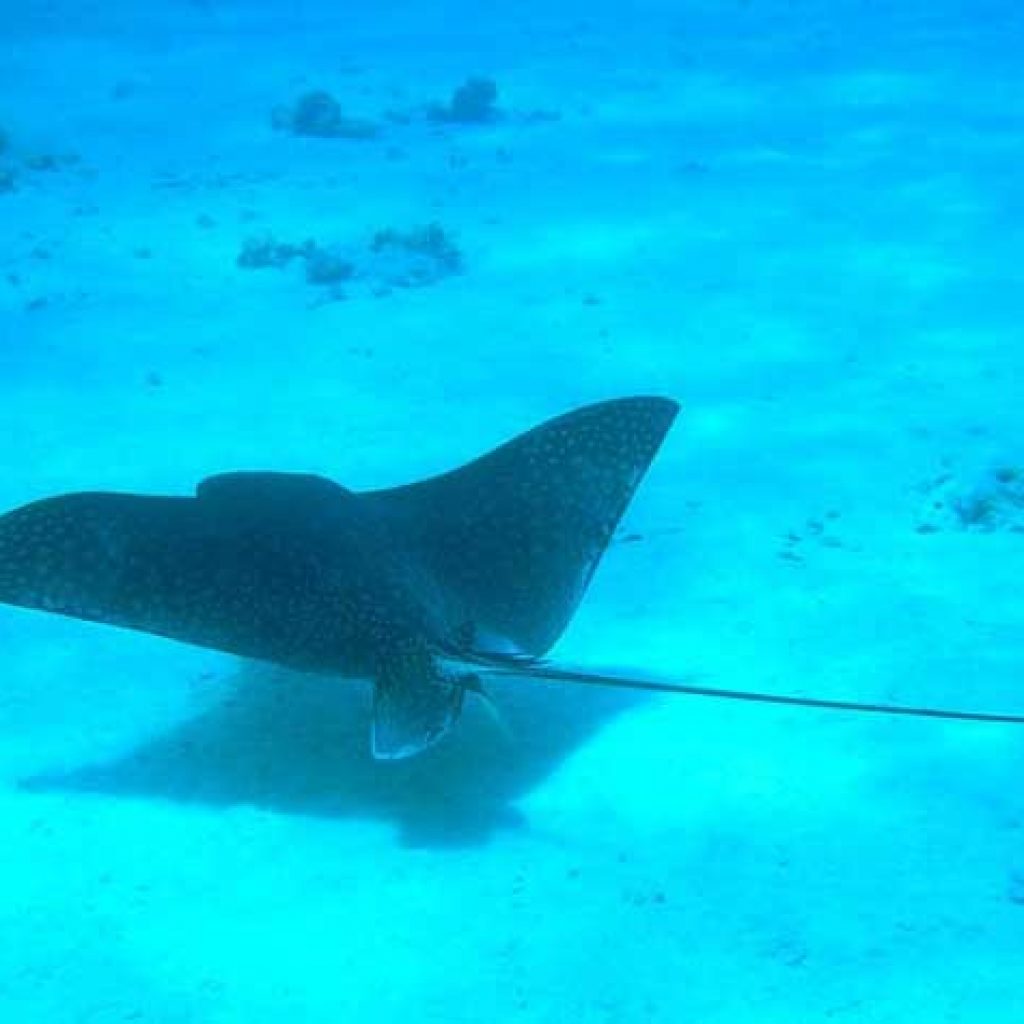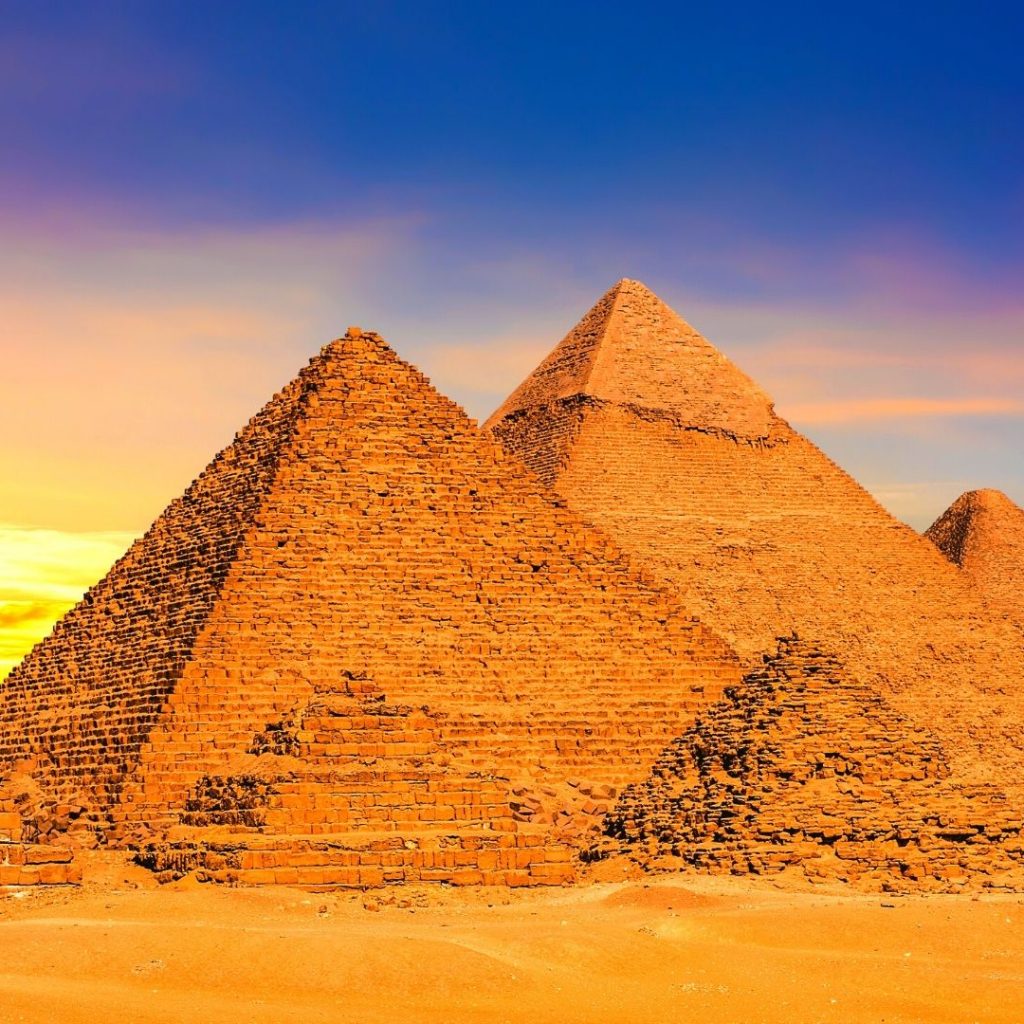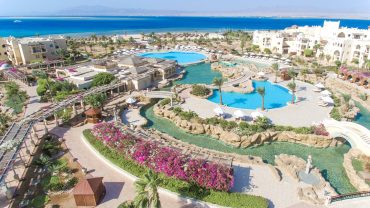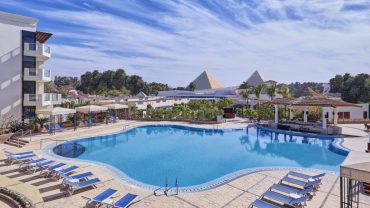Egypt’s capital, Cairo, is a seething megalopolis whose chief sightseeing appeal lies in its bazaars and medieval mosques, though there is scarcely less fascination in its juxtapositions of medieval and modern life, the city’s fortified gates, villas and skyscrapers interwoven by flyovers. The immensity and diversity of this “Mother of Cities” is as staggering as anything you’ll encounter in Egypt. Just outside Cairo are the first of the pyramids that range across the desert to the edge of the Fayoum, among them the unsurpassable trio at Giza, the vast necropolis of Saqqara and the pyramids at Dahshur. Besides all this, there are superb museums devoted to Ancient, Coptic and Islamic Egypt, and enough entertainment to occupy weeks of your time,

One of the most beautiful museums in the world was opened, the Museum of Civilizations, and in a short time from now, the largest and largest museum in the world will be opened next to the three famous pyramids. This is unlike the museums that the Egyptian government decided by orders from the Egyptian President to open in all the governorates of Egypt, especially the tourist governorates.
However, the principal tourist lure remains, as ever, the Nile Valley, with its ancient monuments and timeless river vistas – Nile cruises on a luxury vessel or a felucca sailboat being a great way to combine the two. The town of Luxor is synonymous with the magnificent temples of Karnak and the Theban Necropolis, which includes the Valley of the Kings where Tutankhamun and other pharaohs were buried. Aswan, Egypt’s southernmost city, has the loveliest setting on the Nile and a languorous ambience. From here, you can visit the island Philae temple of Isis and the rock-hewn colossi at Abu Simbel, or embark on a cruise to other temples around Lake Nasser. Other sites not to be missed are Edfu and Kom Ombo, between Luxor and Aswan, and Abydos and Dendara, north of Luxor.

Besides monuments, Egypt abounds in natural wonders. Edged by coral reefs teeming with tropical fish, the Sinai Peninsula offers superb diving and snorkelling, and palm-fringed beaches where women can swim unmolested. Resorts along the Gulf of Aqaba are varied enough to suit everyone, whether you’re into the upmarket hotels of Sharm el-Sheikh, nearby Na’ama Bay or Taba further north, or cheap, simple living at Dahab and Nuweiba. From there it’s easy to visit St Catherine’s Monastery and Mount Sinai (where Moses received the Ten Commandments) in the mountainous interior. With more time, cash and stamina, you can also embark on jeep safaris or camel treks to remote oases and spectacular wadis.

Egypt’s Red Sea Coast has more reefs further offshore, with snorkelling and diving traditionally centred around Hurghada, while barely touched island reefs from Port Safaga down to Marsa Alam beckon serious diving enthusiasts. Inland, the mountainous Eastern Desert harbours the Coptic monasteries of St Paul and St Anthony, Roman quarries, and a host of pharaonic and prehistoric rock art, seen by few apart from the nomadic Bedouin.
While the Eastern Desert is still barely touched by tourism, the Western Desert Oases have been on the tourist trail for forty years and nowadays host safaris into the wilderness. Siwa, out towards the Libyan border, has a unique culture and history, limpid pools and bags of charm. Travellers can also follow the “Great Desert Circuit” (starting from Cairo, Luxor or Assyut) through the four “inner” oases – though Bahariya and Farafra hold the most appeal, with the lovely White Desert between them, the larger oases of Dakhla and Kharga also have their rewards once you escape their modernized “capitals”. And for those into serious desert expeditions, there’s the challenge of exploring the Great Sand Sea or the remote wadis of the Gilf Kebir, whose prehistoric rock art featured in the film The English Patient. In contrast to these deep-desert locations are the quasi-oases of the Fayoum and Wadi Natrun, featuring the fossil-strewn Valley of the Whales, diverse ancient ruins and Coptic monasteries.

On the Mediterranean, Egypt’s second city, Alexandria, boasts a string of beaches to which Cairenes flock in summer, and excellent seafood restaurants. Despite being founded by Alexander the Great and lost to the Romans by Cleopatra, the city today betrays little of its ancient glory; however, its magnificent new library, featuring statues raised from the sunken remains of Cleopatra’s Palace, and the Lighthouse of Pharos (which divers can explore) are restoring an air of majesty. Famous, too, for its decadence during colonial times, Alexandria still allows romantics to indulge in a nostalgic exploration of the city immortalized in Durrell’s Alexandria Quartet, while further along the Mediterranean coast is the World War II battlefield of El-Alamein. For divers, the waters off Alexandria offer an array of sunken cities and wartime wrecks to explore.
The Nile Delta, east of Alexandria, musters few archeological monuments given its major role in ancient Egyptian history, and is largely overlooked by tourists. However, for those interested in Egyptian culture, the Delta hosts colourful religious festivals at Tanta, Zagazig and other towns. Further east lies the Canal Zone, dominated by the Suez Canal and its three cities: Suez is grim, but a vital transport nexus between Cairo, Sinai and the Red Sea Coast; Port Said and Ismailiya are pleasant, albeit sleepy places, where you can get a feel of “real Egypt” without tripping over other tourists.




Comment (0)